This flaky double-crust pie is filled with pears, vanilla, and a silky homemade butterscotch sauce that is sure to impress everyone at your dessert table.
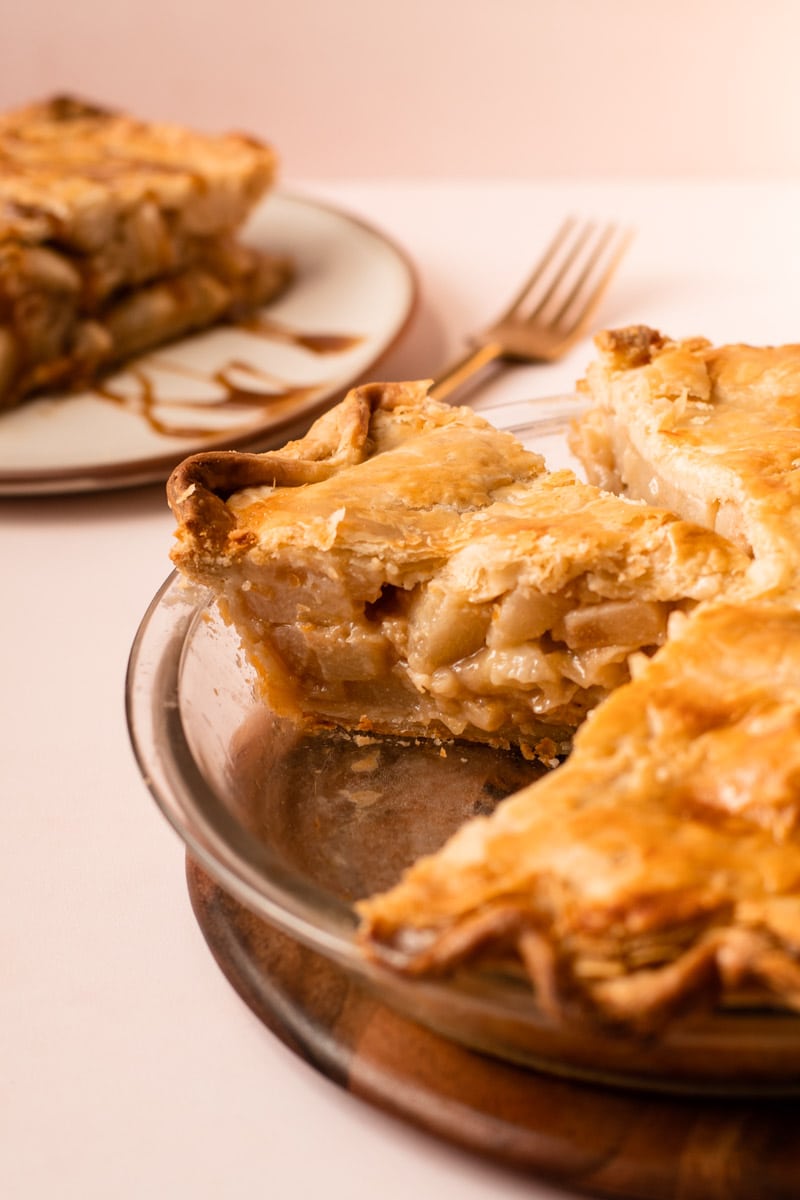
Want to save this recipe?
Enter your email & I'll send it to your inbox. Plus, get weekly updates from me!
While at first glance it might appear this pie is similar to an apple pie, however, the taste and texture are entirely different. This Butterscotch Pear Pie has a softer filling, with a subtle flavor (as pears often do) that is so wonderfully accented by the sweet butterscotch sauce. It's a grand combination that is a fun departure from what one might expect before taking a bite into this pie.
You will need to make a homemade butterscotch sauce for this recipe, but have no fear, it's not difficult to do.
So, let's get to making it, shall we? The text below offers tons of tips and helpful notes, or you can scroll to the bottom to grab the recipe and get started!
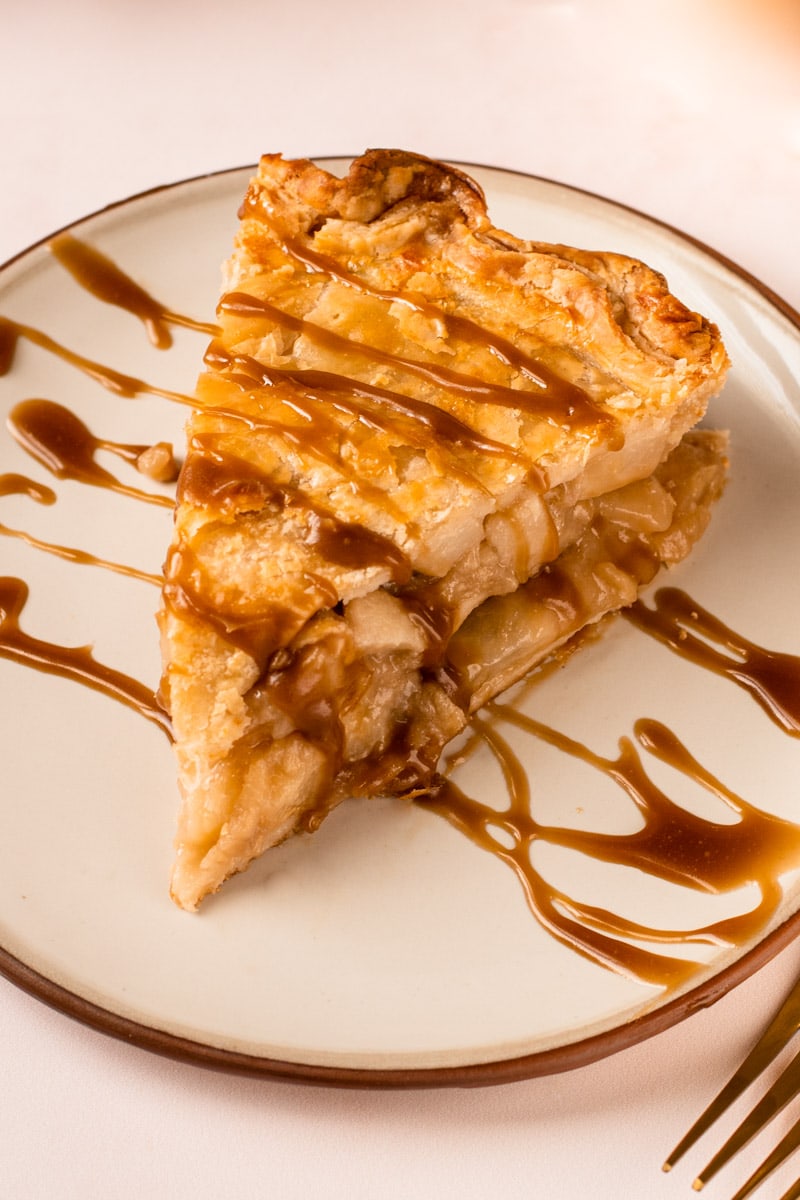
Pear Pie Ingredients
Here is an overview of the ingredients needed for this recipe. The full recipe is listed below in greater detail.
- pears (see paragraph below for details on what type and what to look for)
- dark brown sugar
- heavy cream
- unsalted butter
- flour
- butter
- granny smith apple (this is added to give the pie a more rounded flavor, and an extra boost of natural pectin)
- lemon juice
- salt
- vanilla extract
- egg wash
Tools Used
Here is a list of some of the primary tools I use in this recipe. You won't necessarily choose to use them all, but they are exactly what I used. Any links may contain affiliate links.
- food processor (to make the pie dough)
- pie plate
- rolling pin
- knife
- peeler
- medium pot
- whisk
- kitchen essentials: baking scale, bowls, measuring cups and measuring spoons
- pie shield
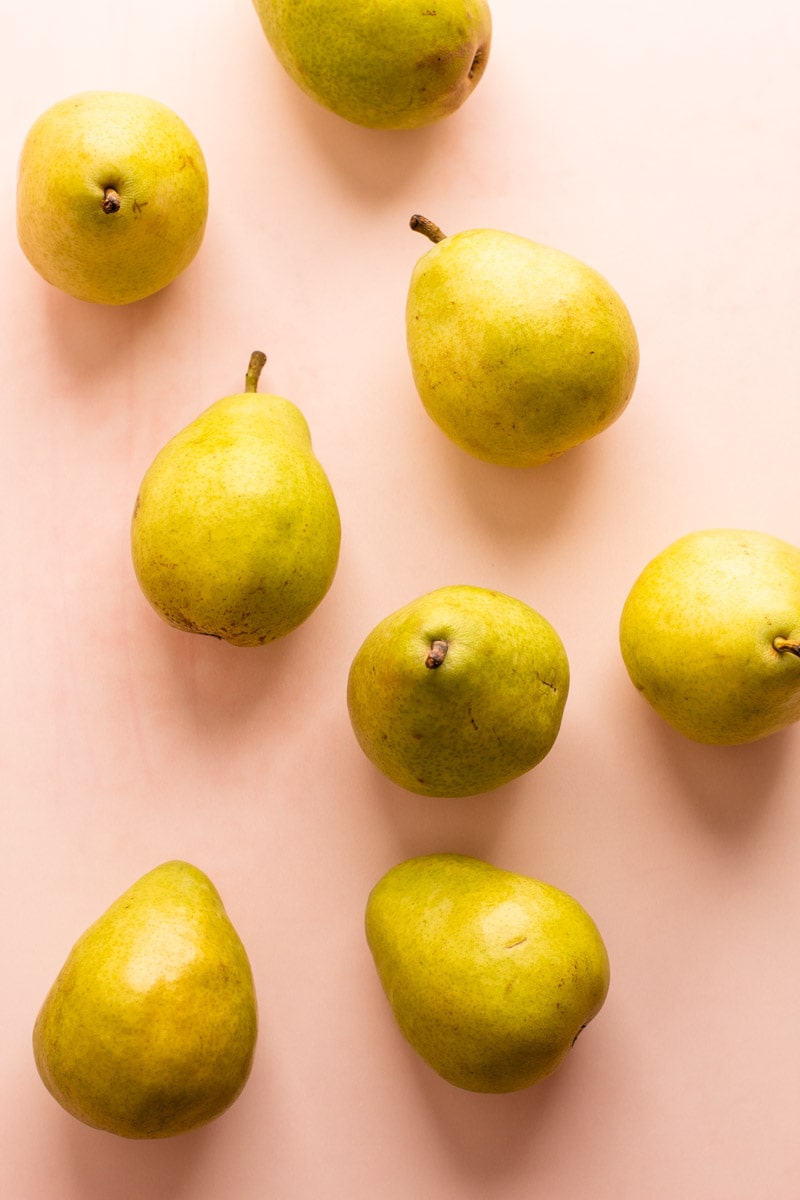
Best Pears to Use
There are a few options of pear varietals that work well in this pie. But more important than the type of pear to buy is how ripe the pear is! Let's discuss both.
The best pears to use in this recipe are:
- Anjou (red or green)
- Bartlett
- Comice
Regardless of what type of pear you buy, make sure to get pears that are just barely ripe, with no brown blemishes or soft spots on the outside flesh. The pears shouldn't be rock hard, but they also shouldn't be so soft that you can easily make an indent in it when you squeeze. If the pears are too soft, they'll be too mushy after a bake in the oven.
How to Slice the Pears
You can leave the pear skin on if you wish. It adds some texture and added nutrients. For this recipe, I chose to peel the skins off.
The pears should be cut into slices, about ¼"-½" thick. I found it easy to cut 4 large pieces of pear around the core first, and then cut those large pieces into slices.
Let's Talk About Butterscotch
Never made butterscotch before? I hadn't either until I started researching this Butterscotch Cream Pie recipe, but I was so relieved to discover it's super simple to make. At first, I thought it would be similar to making caramel (which involves cooking out the water from sugar) but instead, preparing butterscotch really just means cooking some dark brown sugar with butter and cream. Yum!
The recipe calls for making the butterscotch and then letting it cool slightly since it's being mixed together with the pears in a butter pie crust (and heat and butter pie crusts never mix). To rapidly cool the butterscotch, transfer it to a shallow container once it's finished cooking. This allows more steam to escape because of a greater surface area from the molten hot mixture, which lets it cool down quicker.
The recipe makes enough to sweeten the pie filling, with some leftover for serving alongside the pie. I really recommend serving the pie with the drizzle of butterscotch to emphasize the flavor in the pie filling!
Tips for Making Pie Crust
New to making pie crust? I suggest you take a look at my Ultimate Guide for All Butter Pie Crust. But here are some quick tips:
- Let the dough rest. I never advise making dough the same day you plan to bake it. It gives the dough less time to hydrate, and makes it harder to roll out.
- Weigh your ingredients! Always weigh your dry ingredients, especially when it comes to baking. Check out this post on using a kitchen scale if you are new to weighing ingredients. If you absolutely refuse to weigh them, I recommend for my recipes (which use a standard 120 grams of flour per cup) that you spoon in the flour into your measuring cup, and sweep away once it's filled.
- Work quickly. Especially if your kitchen is hotter than 70 degrees. Melted butter is the enemy here. If the kitchen is hot, utilize the freezer or refrigerator through the dough-making process to ensure the butter doesn't turn soft.
- The bigger the butter chunks, the flakier your pie will be. If you love the look of super flaky dough, that almost looks like puff pastry, leave at least some of your butter chunks the size of a marble. Though there is a limit for how big to leave your butter pieces, so take care to only leave a few pieces the size of a marble.
Steps for Making this Pear Pie Recipe
As with most pies, there are a few steps you need to complete to get to the finished product. A lot of these components can be broken down into steps and done days (or weeks) in advance.
Steps for making this pie:
- Make the pie dough: you can prepare the dough up to 2 days ahead, or up to 3 months in the freezer.
- Roll out the pie dough: this can be done up to 1 day ahead of time. Roll out the bottom crust and place in a pie plate. Keep in the refrigerator, covered completely, until you are ready to make the pie.
- Make the butterscotch: this can be done at least 7 days ahead of time.
- Make pie filling and assemble the pie.
- Bake!
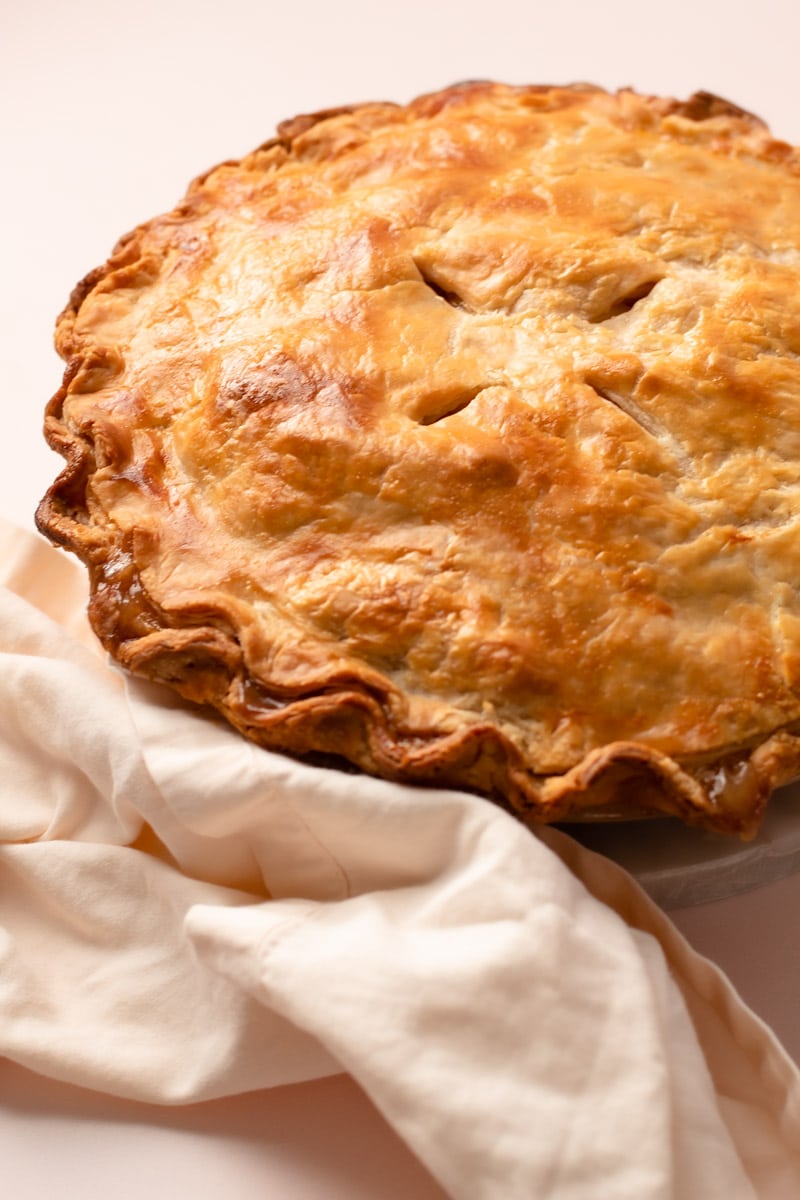
How to Tell When a Pear Pie is Done
There are a few signs to look out for to know if your pear pie is done.
The first is by sight. Visually look for the pastry to be golden, flaky, and crisp and the pie is puffed up around the edges or all the way through.
Another way to tell if the pie is ready is to look for the filling to be bubbling from the middle of the pie. The bubbling doesn't need to be rapid, just look for at least one bubble while checking the pie.
It's essential that the filling has cooked through to the proper temperature to ensure the cornstarch is activated. The internal temperature of a fruit pie needs to be above 200ºF in order for the cornstarch to thicken it. An instant-read thermometer (affiliate link) is a great way to check this, or you can look to see that the pie has puffed around the edges, and the filling in the middle has at least one juicy bubble popping up.
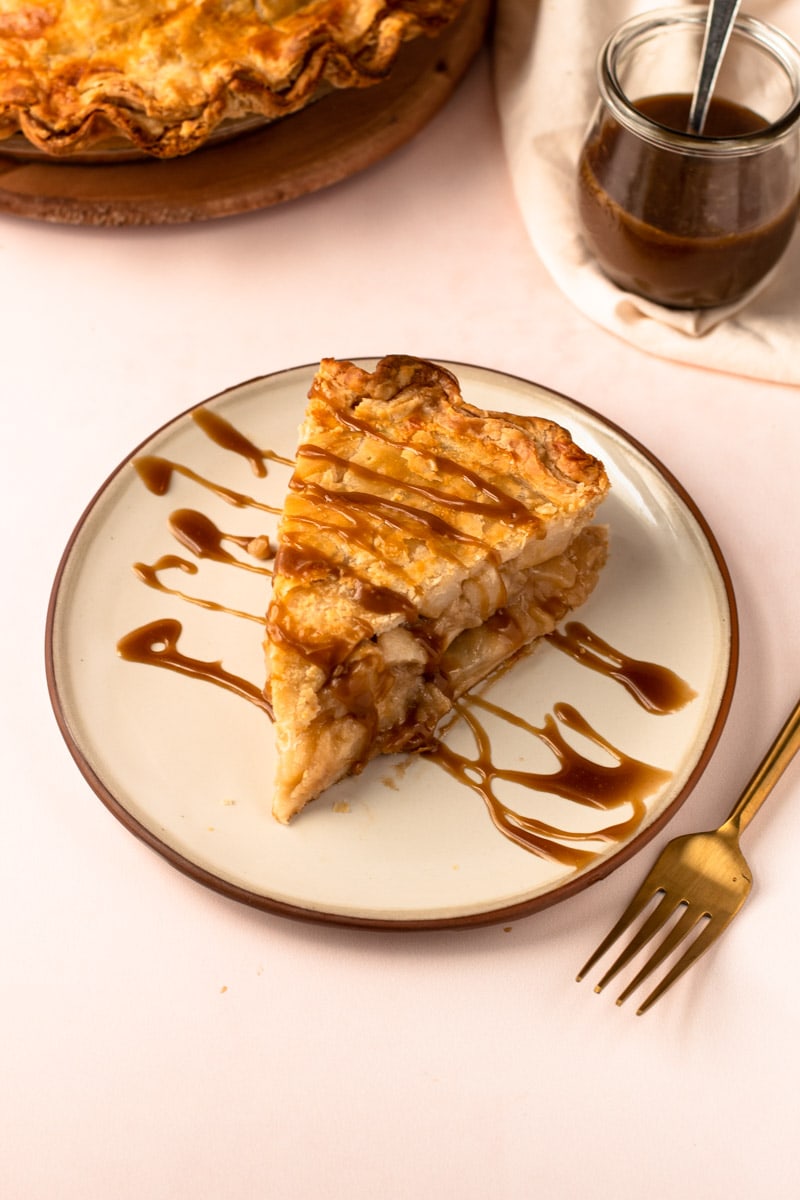
How to Serve It
Serve this pie slightly warm or at room temperature with additional butterscotch sauce. It can also be served with whipped cream or a la mode with vanilla ice cream!
To store the pie, you can leave it at room temperature, covered, for 1 day. For longer storage cover and place in the refrigerator.
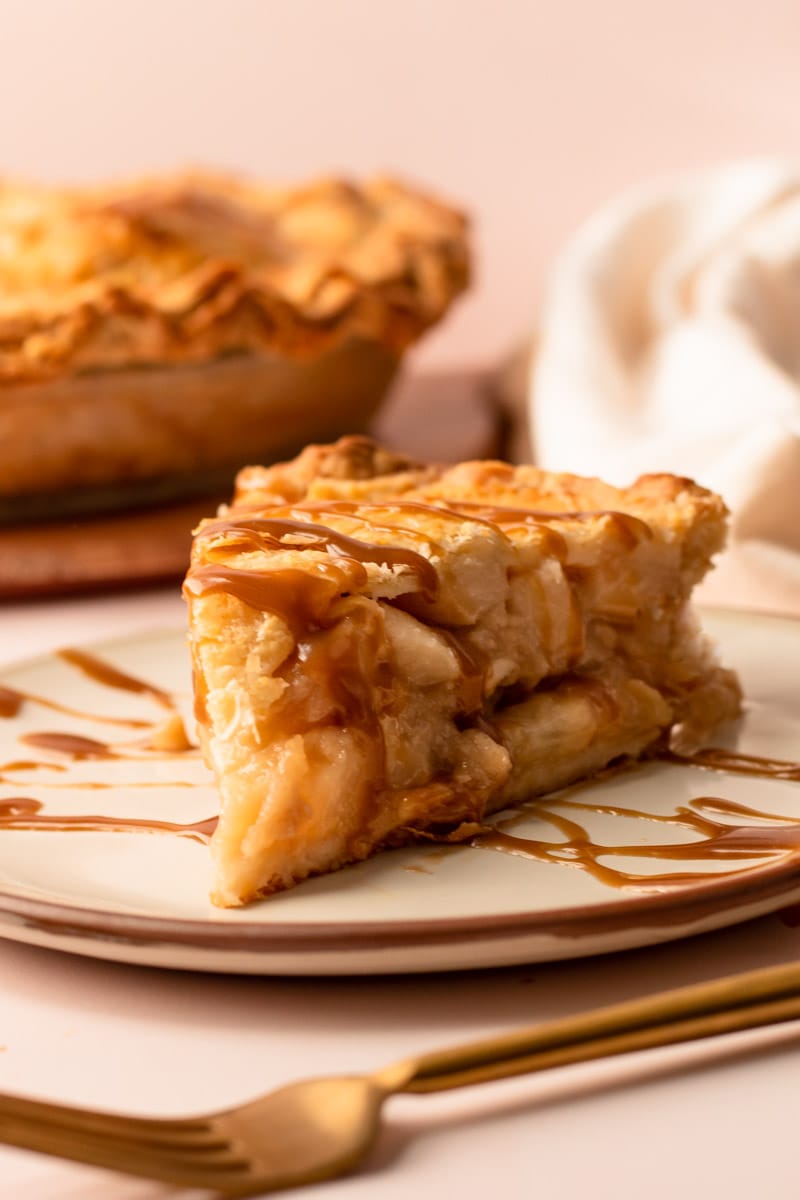
More Fruit Pies:
- Apple Crumble Pie
- Spiced Blackberry Pie
- Sweet Cherry Pie
- Cranberry and Blueberry Pie
- Cranberry Pear Pie Minis
I am so honored when you make a recipe from my site! If you make this Butterscotch Pear Pie Recipe, please leave a comment and a star rating with your experience! If you have any questions about this recipe, feel free to comment here, too!
Full Recipe
Butterscotch Pear Pie
A flaky double-crust pie filled with vanilla pears and silky homemade butterscotch sauce.
- Prep Time: 00:25
- Cook Time: 00:50
- Total Time: 1 hour 15 minutes
- Yield: 8-10 slices
- Category: Sweet Pie
- Method: Bake
Ingredients
For Butterscotch Sauce:
- 2 tablespoons (26 grams) unsalted butter
- ½ cup packed (100 grams) dark brown sugar
- ½ cup (115 grams) heavy cream
- ¼ teaspoon kosher salt
For Pear Pie:
- 2-9” butter pie crusts
- 4 lbs. (about 8-9) firm/ripe pears (see note)
- 1 granny smith apple, peeled and grated
- 1 tablespoon lemon juice (about half a lemon)
- 3 tablespoons (21 grams) cornstarch
- ¼ cup packed (50 grams) dark brown sugar
- ¼ teaspoon kosher salt
- 2 teaspoons vanilla extract
- Egg wash
Instructions
- Prepare the butter pie pastry, and chill in the refrigerator for at least 2 hours, or overnight.
- Make the butterscotch: Add the butter to a medium pot and turn on the heat to medium. Once the butter starts to melt, add in brown sugar. Using a spatula, stir the sugar mixture and cook until the edges of the sugar start to bubble up. Carefully and slowly, whisk in the heavy cream, about ¼ cup at a time. Continue until all of the cream is mixed in. Continue to cook the butterscotch over medium heat, watching carefully to ensure it doesn’t boil over, for 3 minutes, or until slightly thickened. Transfer the butterscotch to a shallow container to let it rapidly cool for at least 15 minutes.
- Preheat the oven to 425ºF and place a baking rack in the lower part of the oven.
- On a well-floured surface, roll out 1 pie dough to an 11″ circle. Fit the dough in a 9” pie plate, making sure to press the dough into the sides and the bottom. Roll out the second dough to a 10” circle. Transfer them to the refrigerator to chill while you assemble the filling.
- Peel the pears, and slice thinly (making sure to cut out the core). Combine the sliced pears, grated apple, and lemon juice in a large mixing bowl. Add in the cornstarch, brown sugar, salt, and vanilla and mix together. Pour ⅓ of the prepared butterscotch sauce on top, and toss to coat.
- Place the pear pieces inside of the prepared pie crust, taking care to layer the pears together, leaving very little space in between the pear pieces. Pour any remaining juices from the bowl inside of the pie pastry. Placed the rolled dough over the top of the filling, and crimp the edges as desired. Slice a few holes in the pastry to let the steam escape during baking.
- Brush an egg wash on top dough. Place the pie on a baking sheet.
- Bake on the lower rack, for 20 minutes. Lower the heat to 375ºF and continue to bake until the pie reaches an internal temperature of above 200ºF, with the filling bubbling throughout, about 30-40 more minutes. If the edges are browning too quickly, use a pie shield or aluminum foil to cover them.
- Let the pie cool for at least three hours, to let the juices set up.
- Serve with remaining butterscotch sauce.
Notes
Have a question or looking for tips? The text written above the recipe is always a great first place to start! There are always loads of explanations, tips and technical advice shared before the recipe.
The best pears to use in this recipe are:
- Anjou (red or green)
- Bartlett
- Comice
Regardless of what type of pear you buy, make sure to buy pears that are just barely ripe, with no brown blemishes or soft spots on the outside flesh. The pears shouldn't be rock hard, but they also shouldn't be so soft that you can easily press in on their flesh when you squeeze. If the pears are too soft, they'll be too mushy after a bake in the oven.
A granny smith apple is added to give the pie a more rounded flavor, and an extra boost of natural pectin. You won't necessarily taste the apple at all.
Some of the links on this page may be affiliate links. Everyday Pie is a participant in the Amazon Associates Program. As an Amazon Associate I earn from qualifying purchases, at no extra cost to you.


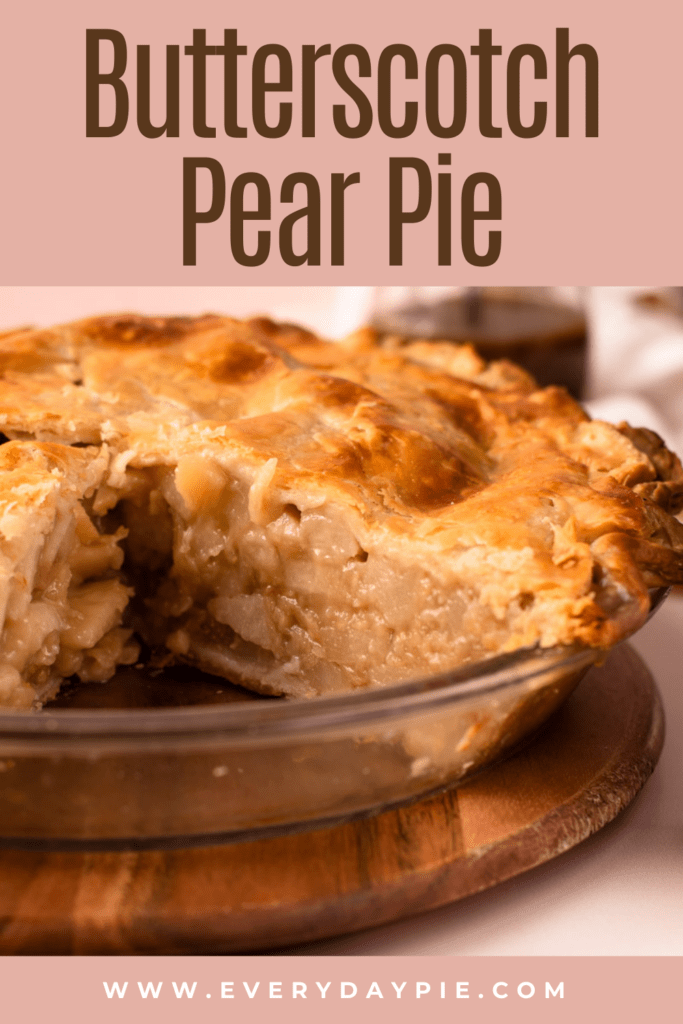
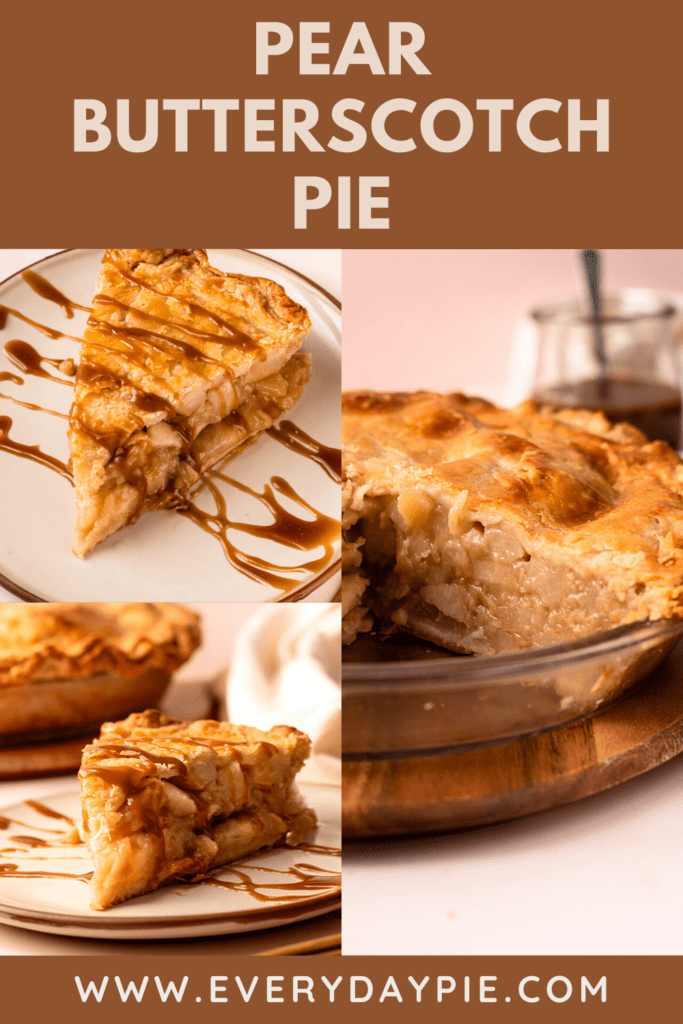
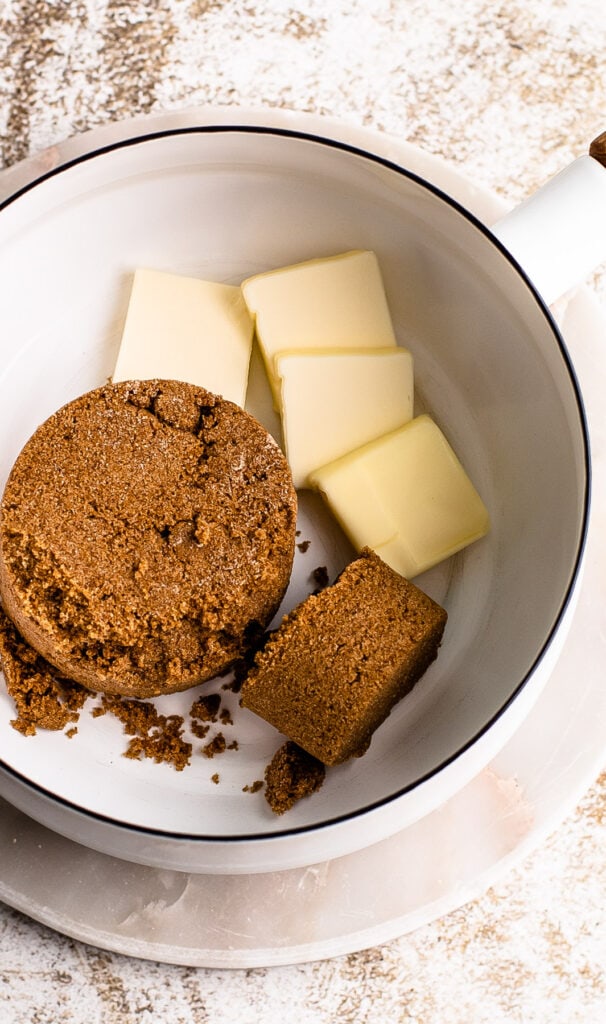
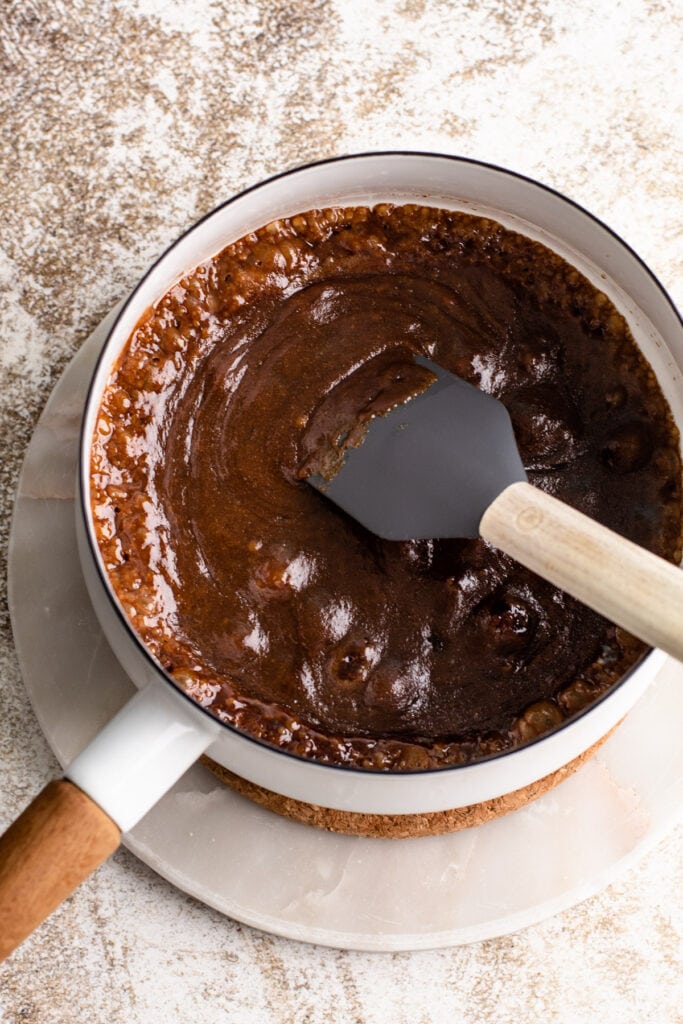
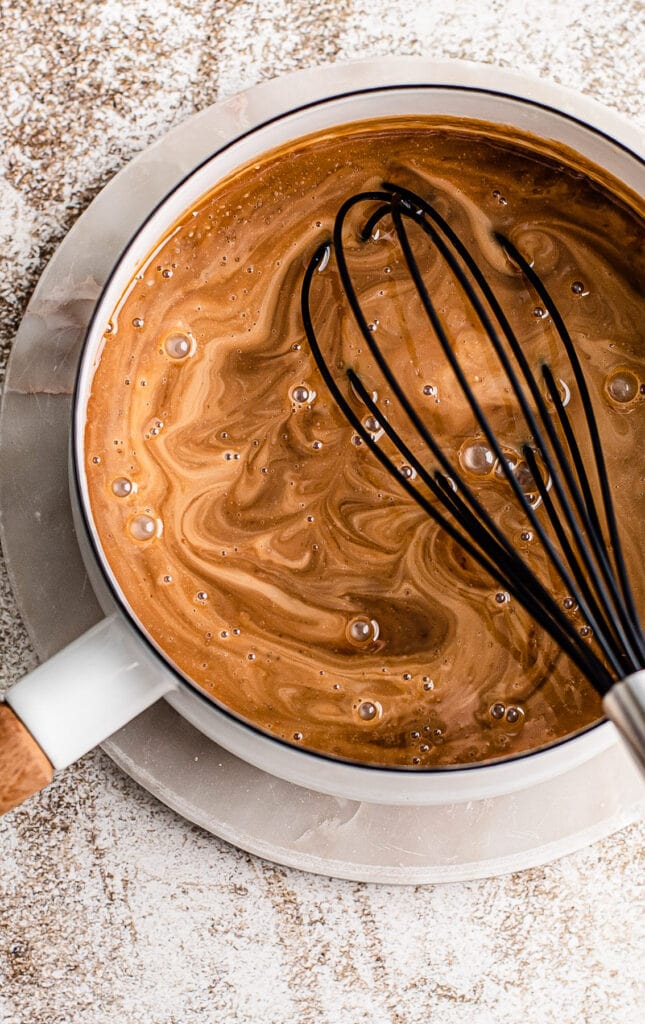
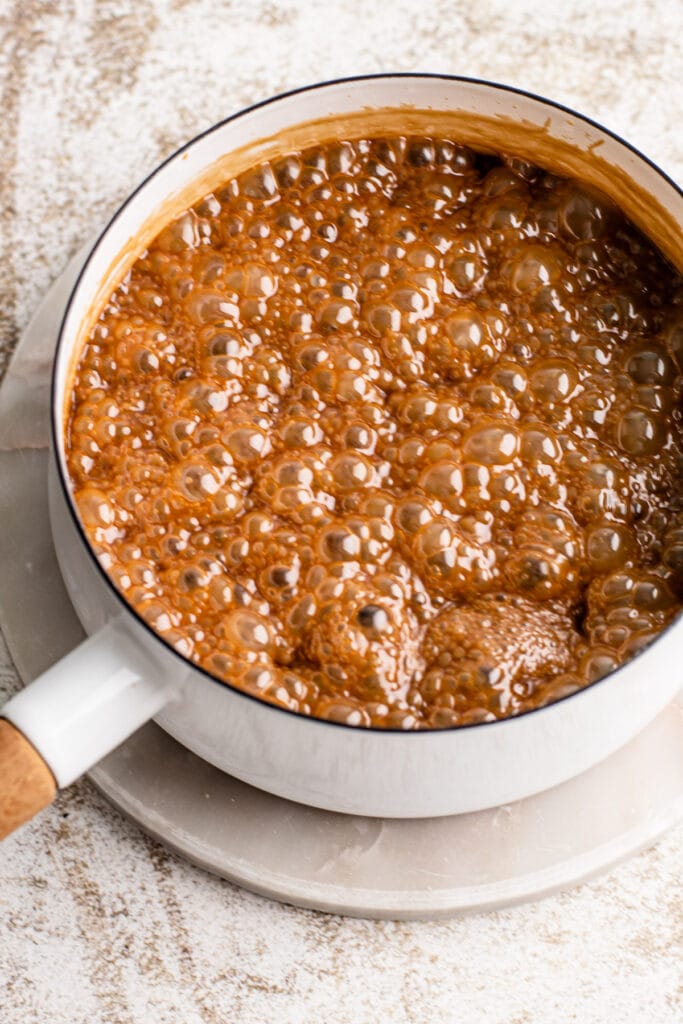
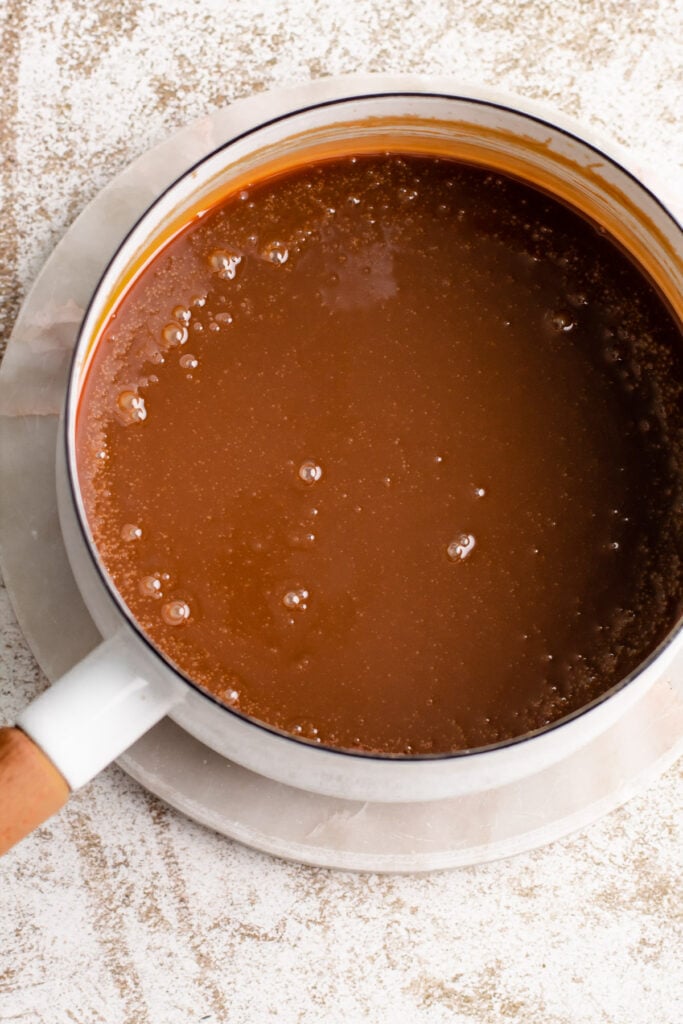
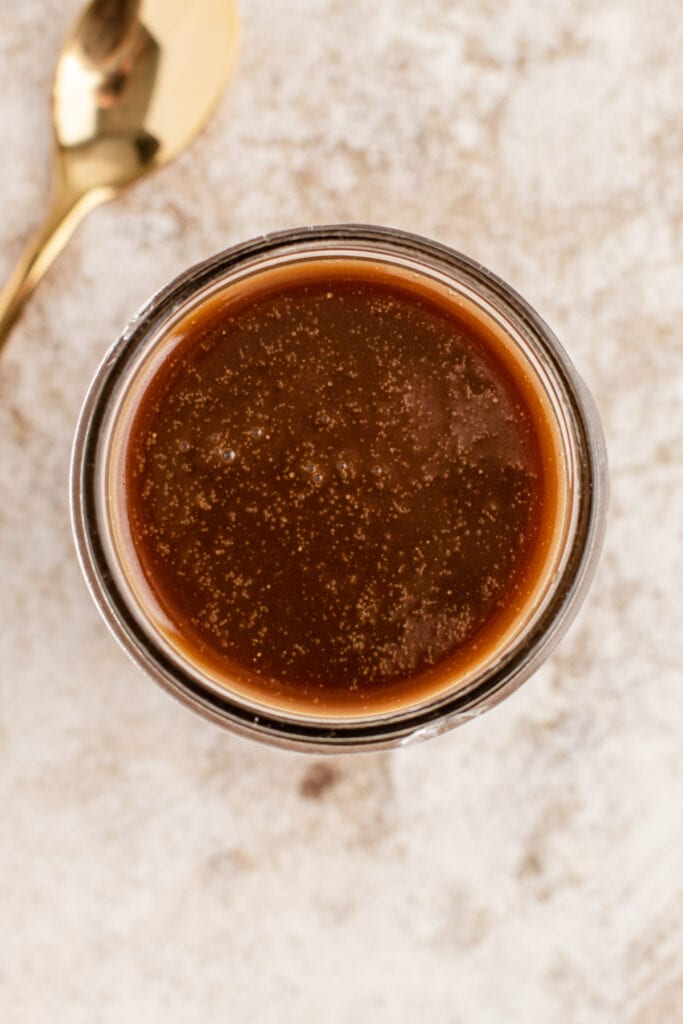
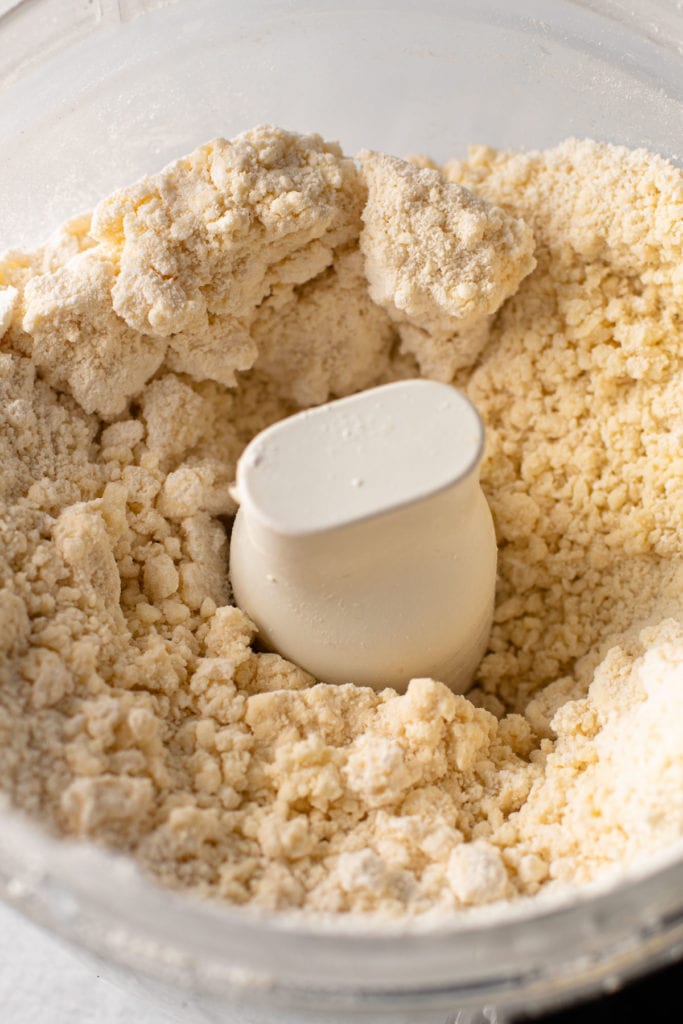
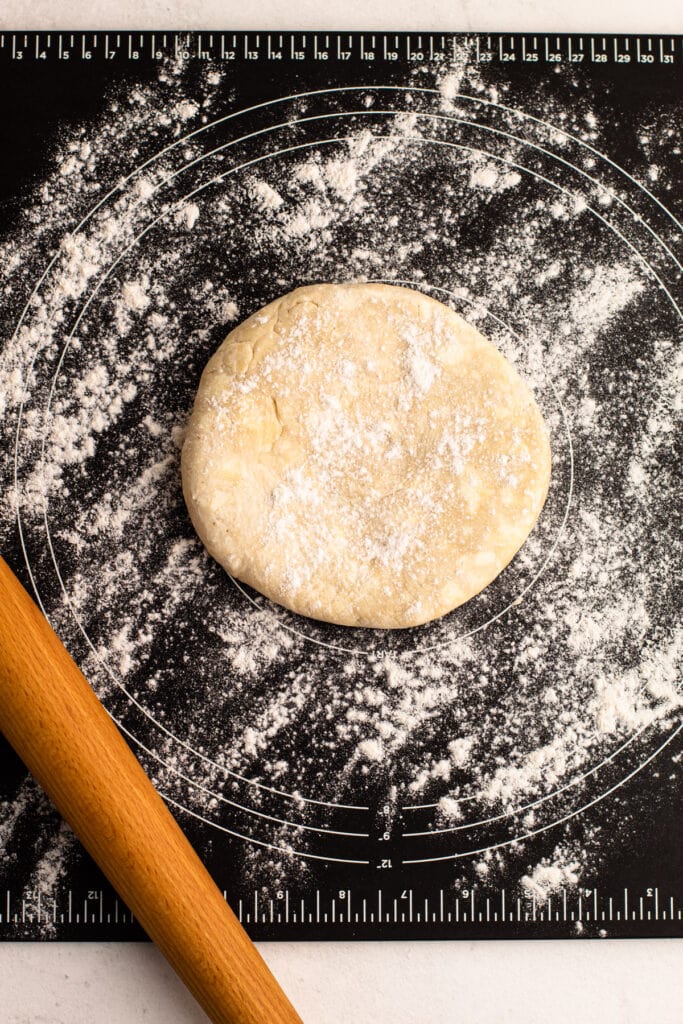
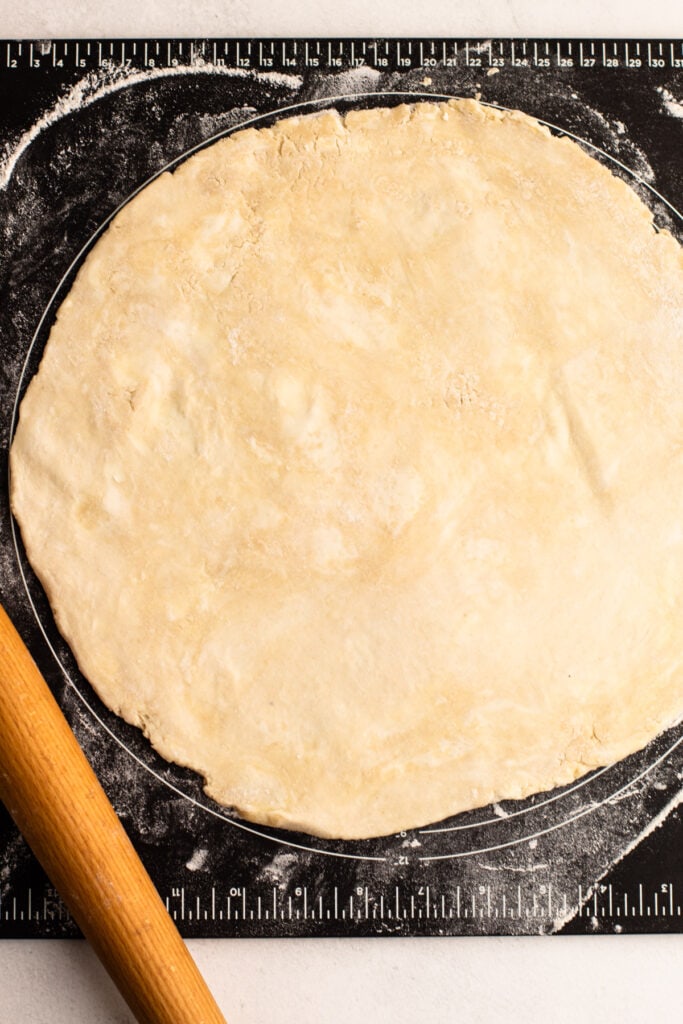
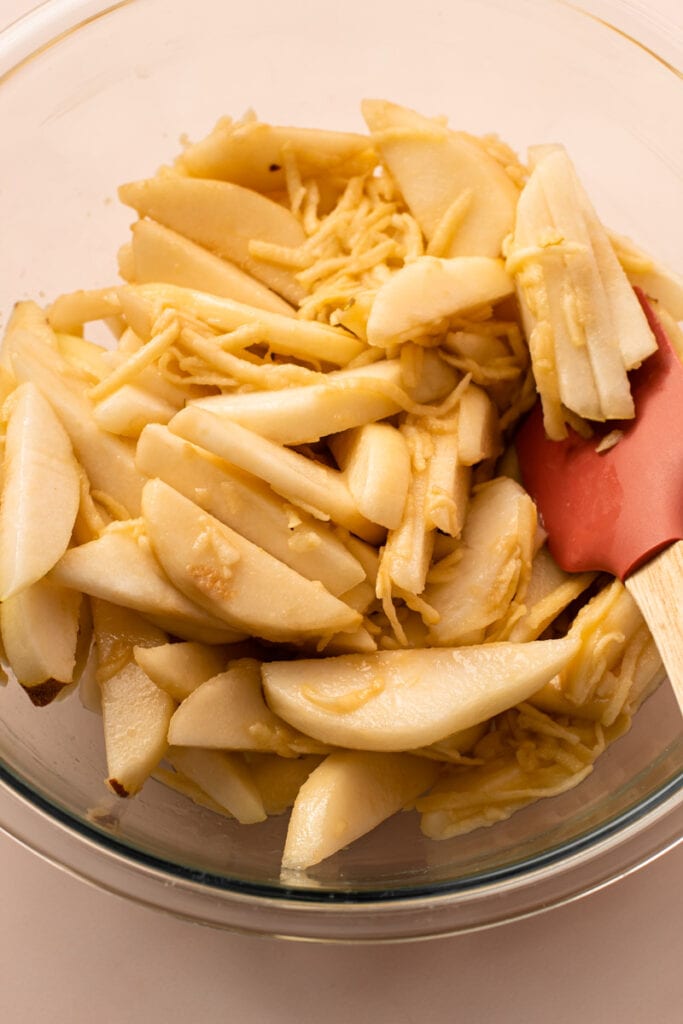
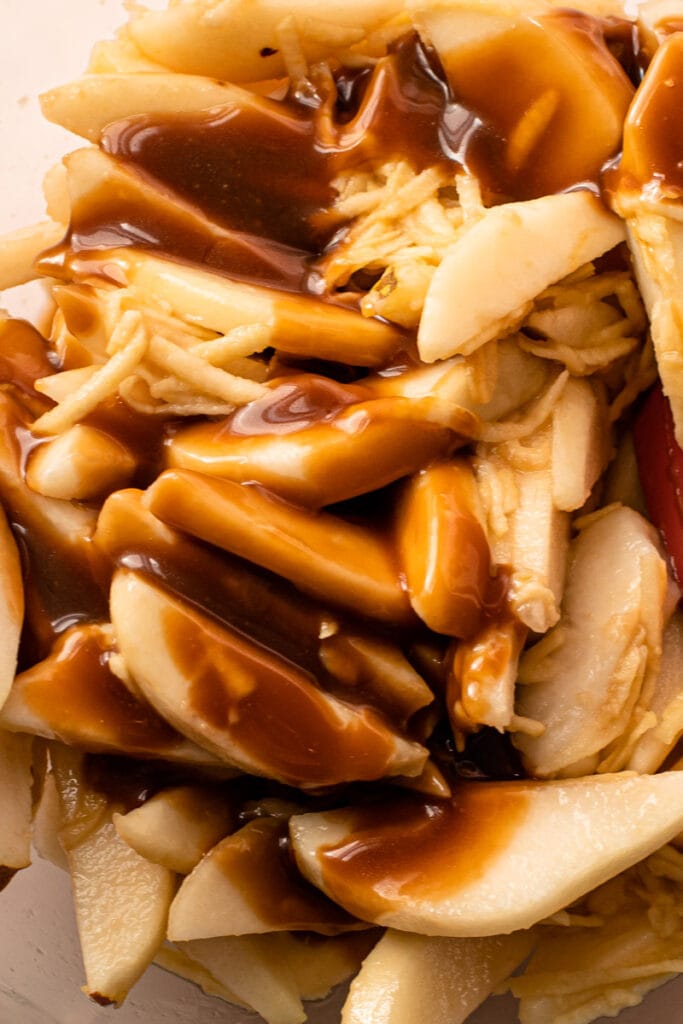
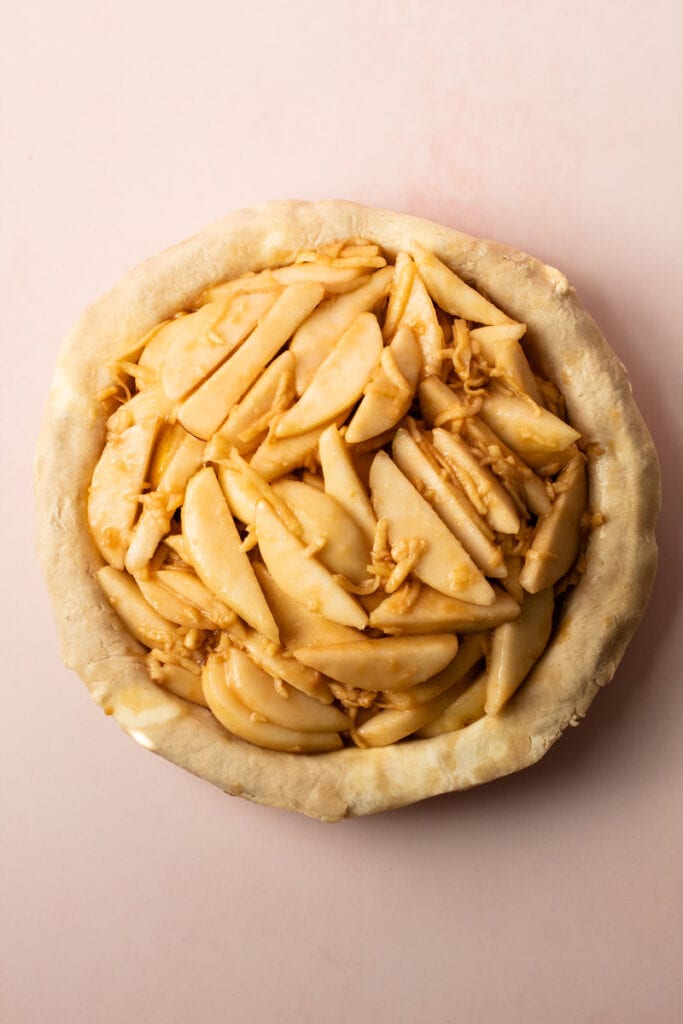
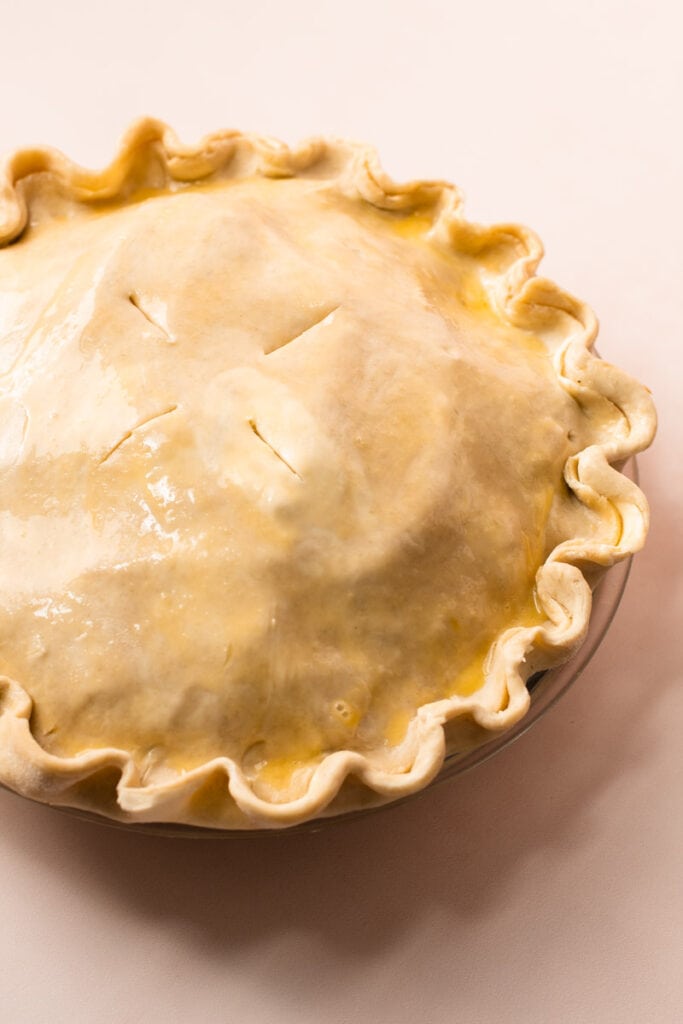
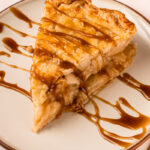
Valvicus
Hi, Kelli -
My late mom (who was born 100 years ago on July 27) told me that during WWII, as a new bride, she used to buy institutional-sized cans of pears at the ships' store and bake pear pies for my dad, a CPO aboard the U.S.S. Ranger. The mystery is why she never baked them after I was born. She baked apple, peach, strawberry, pineapple-chess, chocolate-chess, pecan, and no doubt, others that escape memory—but you said it: " ...ice cream + pie are a match made in heaven" (!) I'd love a large piece of this pie right now, topped with a bowlful of butter pecan! M-m-m...